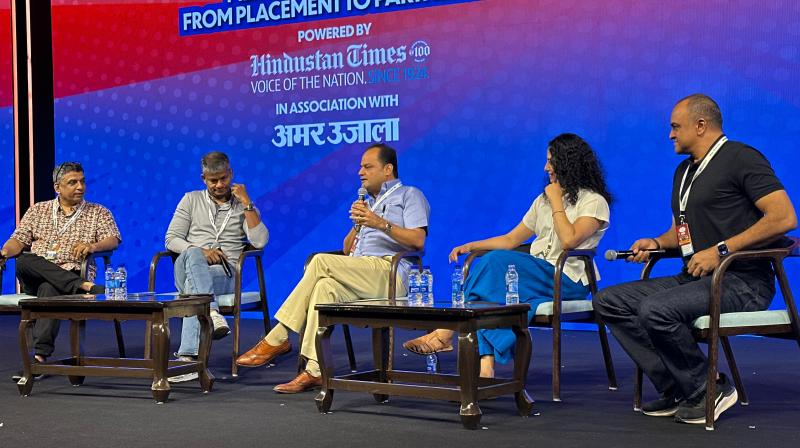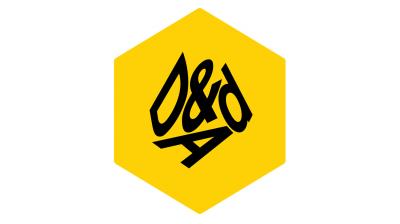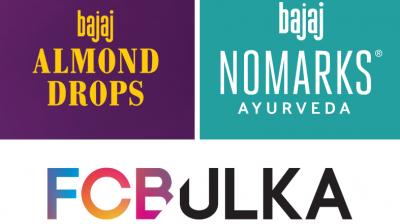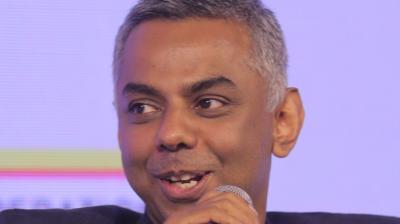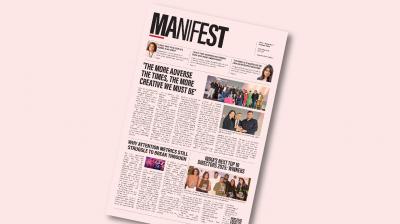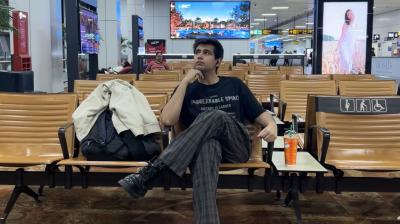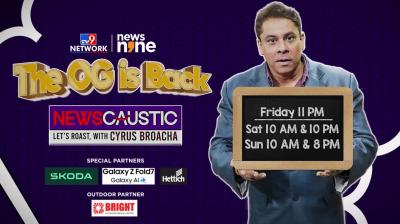On day two of Goafest 2025, Satya Raghavan, director – marketing partners, Google India; Rathi Gangappa, CEO, Starcom India; Shubhranshu Singh, chief marketing officer, Tata Motors Commercial Business Unit; and Ajit Varghese. head - revenue, entertainment and international, Jiostar, discussed how brands and agencies can merge boundaries and move from placement to partnerships.
The panel was moderated by Kartik Sharma, group CEO, Omnicom Media Group India.
Gangappa kicked off the session by discussing how the media agency of today is different from how it was five years ago.
“The biggest shift is in the area of connectivity. If one looks at the media and marketing environment – it’s volatile and changing. Media agencies have to wear different hats. Everything to do with partnerships is based on how we can collaborate and partner with clients and brands,” she said.
Gangappa went on to add how media agencies are also looking to build the dots between storytelling, media, creative, commerce, influencers and loyalty with a focus on data and consumer insights.
Borrowing a line from Publicis Groupe’s global CEO, Arthur Sadoun, she said, “It’s no longer innovate or die – it’s about connecting or dying.”
Sharing the advertiser’s point of view, Singh, said, “In today’s digital world, it’s not about two teams sitting in different offices. Almost every agency-client partnership will be embedded into a facility, or sitting together in some facility, working almost as a consultant for future gazing projects.”
He added, “Earlier there was a single agency funnel – now there’s a top funnel requirement, there’s a programmatic requirement, and the need to do meaningful engagements on ground too. One partner can’t do all this. So, within this orbit of agency-client partnerships, the expertise needs to come through different doors. Now, it’s not just about a client writing a brief and the agency delivering on it. Now, with the change and a host of new inputs which are creating flux – AI being the latest development of this sort, everyone is playing catch up. Corporate resources are strained and look to the agency to give superior solutions.”
Singh also called for clients to be judicious about the agency choices they are making and once made, he advised them to stick with them like a marriage.
Giving his point of view on the topic, Raghavan said, “The way I look at an agency is from the task (given) and the consumer. Earlier it was about showing a consumer an ad and they would come to the shop (to make the purchase). Now there are trends and influencers – understanding a consumer is more important using first-party data.”
He went on to link media agencies to the Avengers, stating how they are the chief marketing officer’s superpower.
In Varghese’s opinion, a media agency has three distinct jobs. “Firstly, it’s about understanding a consumer, provident content solutions and also generating commerce. Brands want to know whether they are getting back for the buck. Over time, agencies have been looking at it and investing in first-party data and technologies that can connect that to social media and OTT among others so that more what we have seen is that a client gets what it wants.”
He added, “Clients get what they want. Some clients are smart and can do the entire spectrum. We always believe that’s the ideal way to work.”
Performance marketing versus brand building
The debate then shifted to the much-talked-about ‘brand versus performance’.
Raghavan said, “Today, clients like Shubhranshu are being judged by the number of cars one sells. So, they are creating channels (on YouTube) and not creating 30-seconders and waiting for clients to come in.”
Singh added, “One cannot have a transactional healthy brand which is inherently weak or doesn’t aspire to be seen as rich and vibrant. About a year ago, I was at a conference hosted by a large tech platform. They said when there’s a season discount (offered by a brand), we are one click away from getting the next customer. My question is why does one need to spend millions for that? There is a performance-based delusion which is served as tech enablement which is false.”
Varghese suggested that this issue comes from the client side itself.
“In a client’s business, performance and branding is handled by two different people. So, agencies have probably modelled it on this model. Can agencies challenge this? The branding and performance money also is different. If that partnership model has to evolve further as we speak, agencies should be allowed to challenge and address it.:
Talent
Sharma asked the panelists about how in the evolving media landscape, what’s the talent that one should be looking for.
Gangappa said, “I’m not approaching it from a talent perspective but how one is structured in an agency and how different capabilities work together. It’s about connecting or dying. And connecting capabilities. While one is evolving with AI, it’s about ensuring one is addressing the complexities for clients and brands. It’s about stitching things together. And the best thing we are doing is breaking the silos. One talent can’t address that. We need to build structures to bring the relevant capabilities together.”
Varghese stated, “Media has become fragmented and specialised – talent needs right now are data architects, data scientists and the likes.”
Speaking from the outside, Raghavan said, “Agencies should be looking to hire systems thinkers. Earlier, data was analyed last. Now that’s what comes before a campaign is thought of. The starting point is commerce. So those who can understand this and how it’s interchangeable is what’s required.”
Giving a marketing perspective, Singh said, “In marketing, we need people with lots of common sense, confidence and optimism. Marketers have withdrawn from the classical 4Ps and are happy to play in the sandpit for promotion. AI may well be mankind’s most costly mistake or the greatest invention. We need optimistic people around it.”


